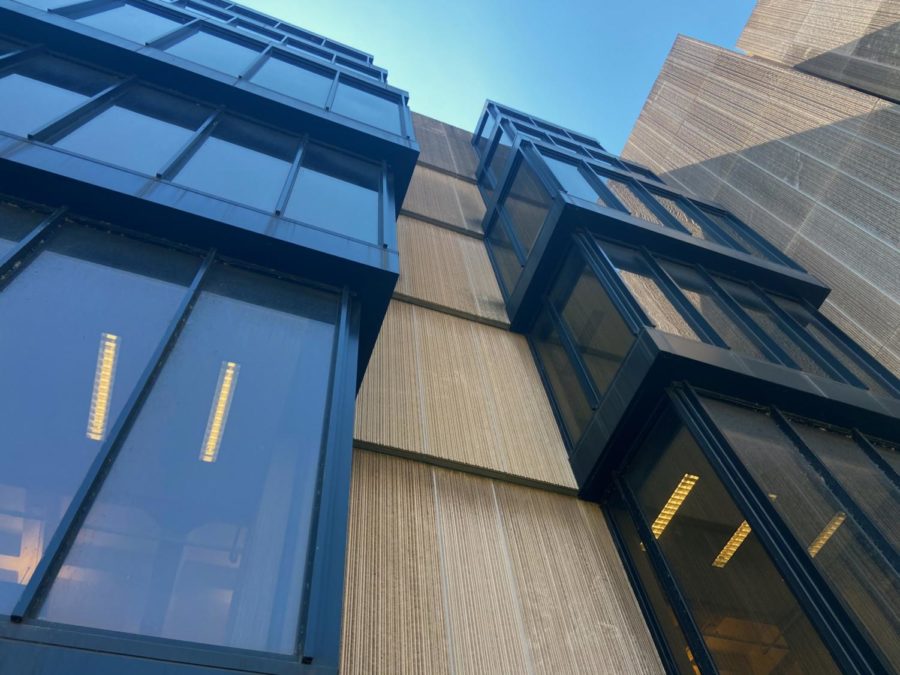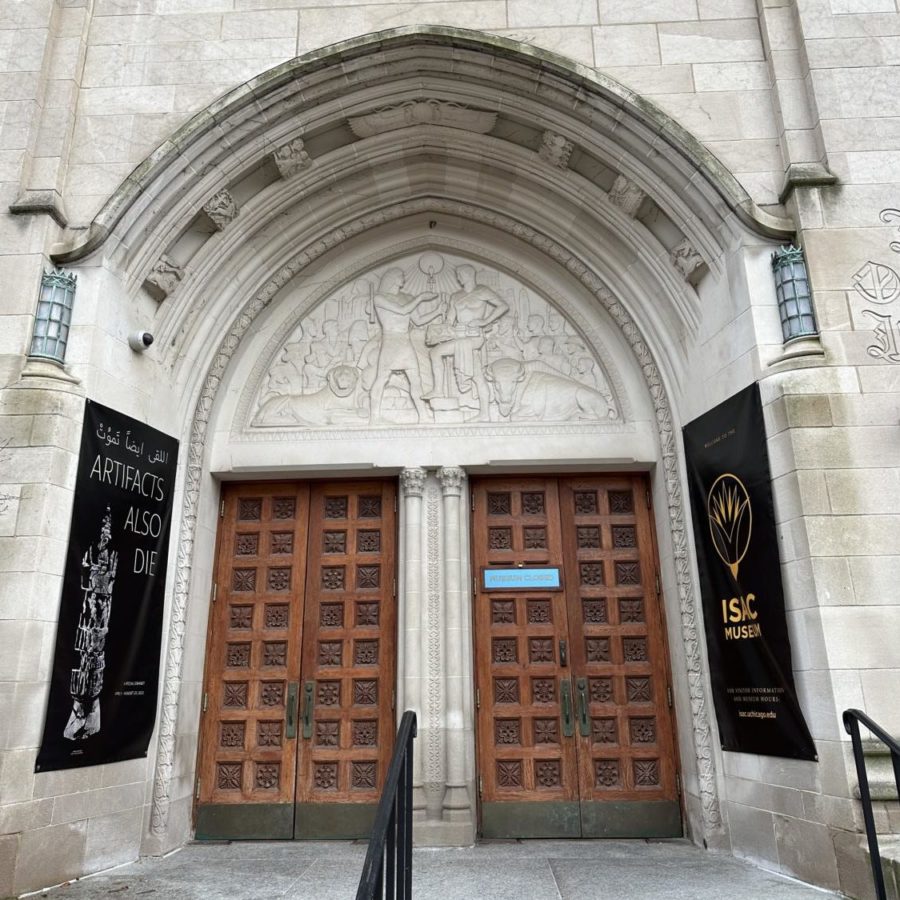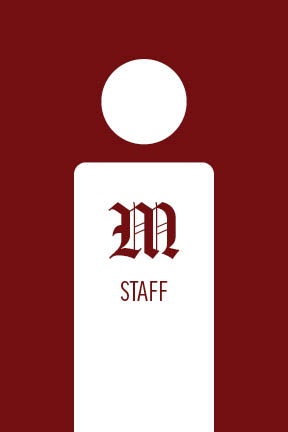Last Thursday, Student Government (SG) hosted a Leadership Conversation with Chief Financial Officer Nim Chinniah and Chief Investment Officer Mark Schmid about the University’s finances and investments. The forum, which last winter replaced “Coffee and Donuts with President Robert Zimmer,” focuses on a designated topic and features the administrators corresponding to that field. The change in format was initiated to ensure that students could get specific answers to specific questions about how the University works. SG and administrators are clearly investing time and energy into maintaining the Leadership Conversations, so it is in their best interest to make the information presented there as useful and accessible as possible.
Chinniah also spoke about University finances at an earlier Leadership Conversation held in April. At that meeting, some students asked for specifics about the investments the University makes and the breakdown of those numbers, particularly with regard to investments in energy. In response, Chinniah said that the investment of the endowment was a question for Schmid. As a result, Schmid was featured at this year’s event. That the event organizers not only continued with the new format this year, but also accommodated student curiosity, shows that their goal—to enable useful communication between students and administrators—is genuine.
While Schmid’s added presence marks a positive adaptation to students’ interests, SG and the administration need to make sure these continue to be conversations that build on one another, rather than static ones. For example, this year, students had to ask again about energy investments, instead of having them explained in the presentation. In the future, administrators could work to incorporate previous questions into the presentation itself, which would leave more time in the Q&A for new questions. Furthermore, to better tailor the presentation to student interests, the administrators could also ask for questions beforehand, as they did for the trustee luncheons last year, in addition to the existing Q&A period. That way, the presentation would be dynamic in favor of student needs, while at the same time decreasing the chances that administrators are caught off-guard.
In order to keep administrators accountable to the student body currently and in the future, SG and the administration should also record the conversations. Recording could be in the form of, at a minimum, meeting minutes—which has been done at times in the past—or presentation slides online in one place. It would be even more ideal to have a live video broadcast that is kept online for future viewing. If there is information not suitable for a broad audience, the record could be edited to omit that information with an explanation of why it needs to be kept within the University community. With constant student turnover, it is vital to have a record to ensure long-term progress.
The Editorial Board has often criticized the administration for only offering shallow dialogue—creating forums that let students air concerns, but which do not yield progress. The Leadership Conversations show much promise to contradict that trend, already responding to student inquiries by adding relevant administrators to the events. By facilitating a dialogue that grows over time, the University can go even further to communicate authentically with students.
The Editorial Board consists of the Editors-in-Chief and the Viewpoints Editors.










